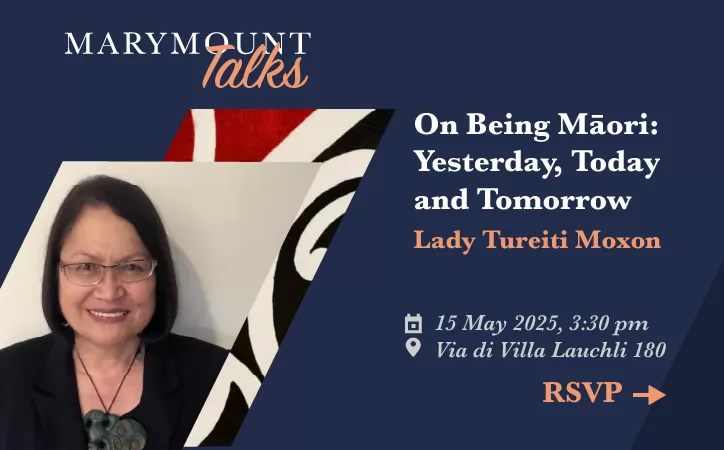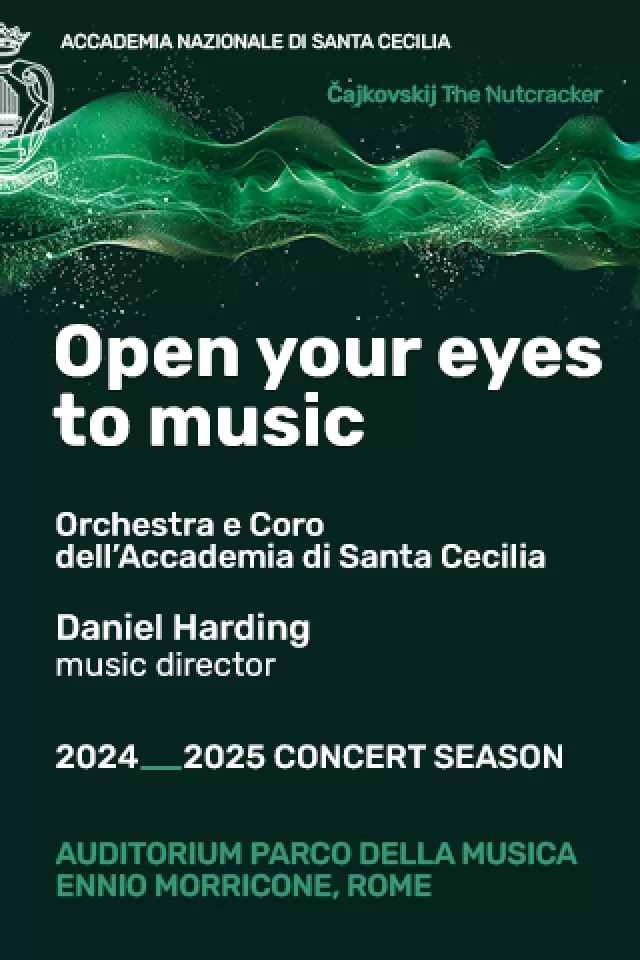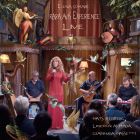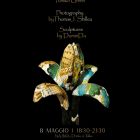A harder look at The Da Vinci Code.
Dan Browns The Da Vinci Code is a fast-paced, well-plotted murder mystery that takes the reader through the Louvre, a long night of murders and a police chase out of Paris to a wet morning in London. There the identity of the evil Teacher who masterminded the killings is revealed in the chapter house of Westminster Abbey.
Using as his prime piece of evidence Leonardo Da Vincis Last Supper, Brown proposes that the figure on Christs right is not the beloved disciple but Mary Magdalene, who married Jesus and bore him a child. She was the Holy Grail for his blood and Jesus wanted her to succeed him in leading his followers. According to Brown, the official Church suppressed the truth about Marys relationship with Jesus and did its best to belittle her as a prostitute. So much for the tributes Church Fathers like Hippolytus, Gregory the Great and Leo the Great paid to her as the apostle of the apostles, the representative of the church and the new Eve announcing not death but life to the male disciples!
Since the 12th century, a secret society called the Priory of Sion, which practices sex orgies, has safeguarded the real explosive secret of the Holy Grail: that Jesus was married to Mary Magdalene and that their bloodline continues today. Threatened with the loss of their personal prelature at the hands of a new, liberal pope, the bishop who leads Opus Dei promises help to the secretary of state, curiously called the Secretariat Vaticana, who is the head of the Secretariat Council (a group that does not exist in the Roman Curia). A numerary of Opus Dei, a reformed killer, is set loose to recover from the leaders of the Prior of Sion the cryptex that contains the sensational secret about Jesus and Mary Magdalene.
There is to be no killing, but the plan goes astray. The mysterious Teacher provides the numerary with a gun and prompts him to kill four top officials of the Priory and a nun who tries to defend a hiding place in the Church of Saint-Sulpice.
In The New York Times earlier this year, Bruce Boucher exposed the eccentric nonsense about Leonardo that masquerades as new expertise. But there is more to be said about the effort to discredit mainstream Christianity and exalt the sacred feminine, and even goddess worship that was supposedly driven underground by orthodox Church leaders.
Quite a few earlier writers have tried their hand at proving a liaison between Jesus and Mary Magdalene notoriously Michael Baigent, Richard Leigh and Henry Lincoln in Holy Blood, Holy Grail (1982). They alleged that several royal families of Europe (but not the Windsors) are descended from Jesus and Mary. Brown is more cautious and names only the ancient Merovingians as belonging to Jesus bloodline. His case rests on cracking the code of Leonardos painting. But his interpretation, as Boucher shows, is extremely eccentric and, frankly, misinformed.
The Da Vinci Code teems with historical misinformation. The claim that the Emperor Constantine shifted the Christian day of worship to Sunday (p.232) is simply false. Evidence from St Paul and the Acts of the Apostles shows that right from the start of the Christian movement Christians replaced Saturday with Sunday as their day of worship. Sunday was the day when Jesus rose from the dead. What Constantine did on 3 March 321, was to decree Sunday to be a day of rest from work. He did not make Sunday the day of worship for Christians; it had been that from the first century.
Brown tells us that under pressure from Constantine, Christ was declared to be divine at the council of Nicaea in 325. Until that moment in history Jesus was viewed by his followers as a mortal propheta great and powerful man, but a man nonetheless. Would Brown please read St Johns Gospel, which has St Thomas calling Jesus My Lord and my God and expresses Christs divinity in many other passages. Decades before Johns Gospel was finished, St Pauls letters repeatedly affirm faith in Christ as divine. The Council of Nicaea did not invent faith in Christs divinity but added another (semi-philosophical) way of confessing it declaring his being of one substance with the Father.
When pleading his case for the eternal feminine and goddess worship, Brown ignores recent scholarship and belittles the Jewish root of Christianity. He assures us that virtually all the elements of Catholic ritual the miter, the altar, the doxology and communion, the act of God-eating were taken directly from earlier pagan mystery religions. Doesnt Brown know about the use of altars in Jewish worship, in which much of Christian ritual has its roots? The Christian doxology (Glory be to the Father and to the Son and to the Holy Spirit) is based on some of the Jewish psalms (e.g., Psalms 8, 66, 150). Holy Communion has its origins in the Jewish Passover, celebrated by Jesus and his disciples on the night before he died.
Apropos of Judaism, Brown introduces some stunning errors about ritualistic sex and God. Old Testament scholars agree that prostitution was sometimes used to obtain money for the temple. But there is no convincing evidence for sacred or ritual prostitution, and none at all for Israelite men coming to the temple to experience the divine and achieve spiritual wholeness by having sex with priestesses (p.309). On the same page, Brown explains that the Holy of Holies housed not only God but also His powerful female equal, Shekinah. A word not found as such in the Bible but in later rabinic writings, Shekinah refers to the nearness of God to his people and not to some female consort.
It is also breathtaking nonsense to assert as a fact that the sacred tetragrammaton, YHWH, was derived from Jehovah, an androgynous physical union between the masculine jah and the pre-Hebraic name for Eve, Havah. YHWH is written in Hebrew without any vowel signs. Jews did not pronounce the sacred name, but Yahweh was apparently the correct vocalization of the four consonants. In the 16th century some Christian writers introduced Jehovah, under the mistaken notion that the vowels they used were the correct ones. Jehovah is an artificial name created less than 500 years ago, and certainly not an ancient, androgynous name from which YHWH derived.
One could go on and on, pointing out the historical errors in The Da Vinci Code. One last example. Killing so-called witches was a horrible crime in the story of Christianity. But the idea that the Catholic Church burned at the stake five million women (p.125) is bizarre. Savagery of that extent would have depopulated Europe. Experts give instead the figure of around 50,000 victims over the three centuries when witch hunts were carried out by Catholics and Protestants. But it suits the tenor of Browns book to multiply the figure by 100.
The historical misinformation is put in the mouth of the villainous Sir Leigh Teabing, wealthy seeker of the Holy Grail and a former British Royal Historian (is there such a post?), and in the mouth of the Harvard academic and hero, Robert Langdon, a professor of symbology (a new field to me). On their performance, I would not have given either of them their jobs, let alone voted for Langdons tenure.
In short, enjoy the read, but discount the history. Dan Brown adds no new evidence to previous, discredited attempts to establish that Jesus was married to Mary Magdalene and fathered children by her.
The Da Vinci Code. By Dan Brown. Doubleday, 454 pp.
Gerald OCollins, S.J., the author or co-author of 43 books, including Catholocism: The Story of Catholic Christianity (Oxford Univ. Press), is a professor of theology at the Pontifical Gregorian University in Rome.


















